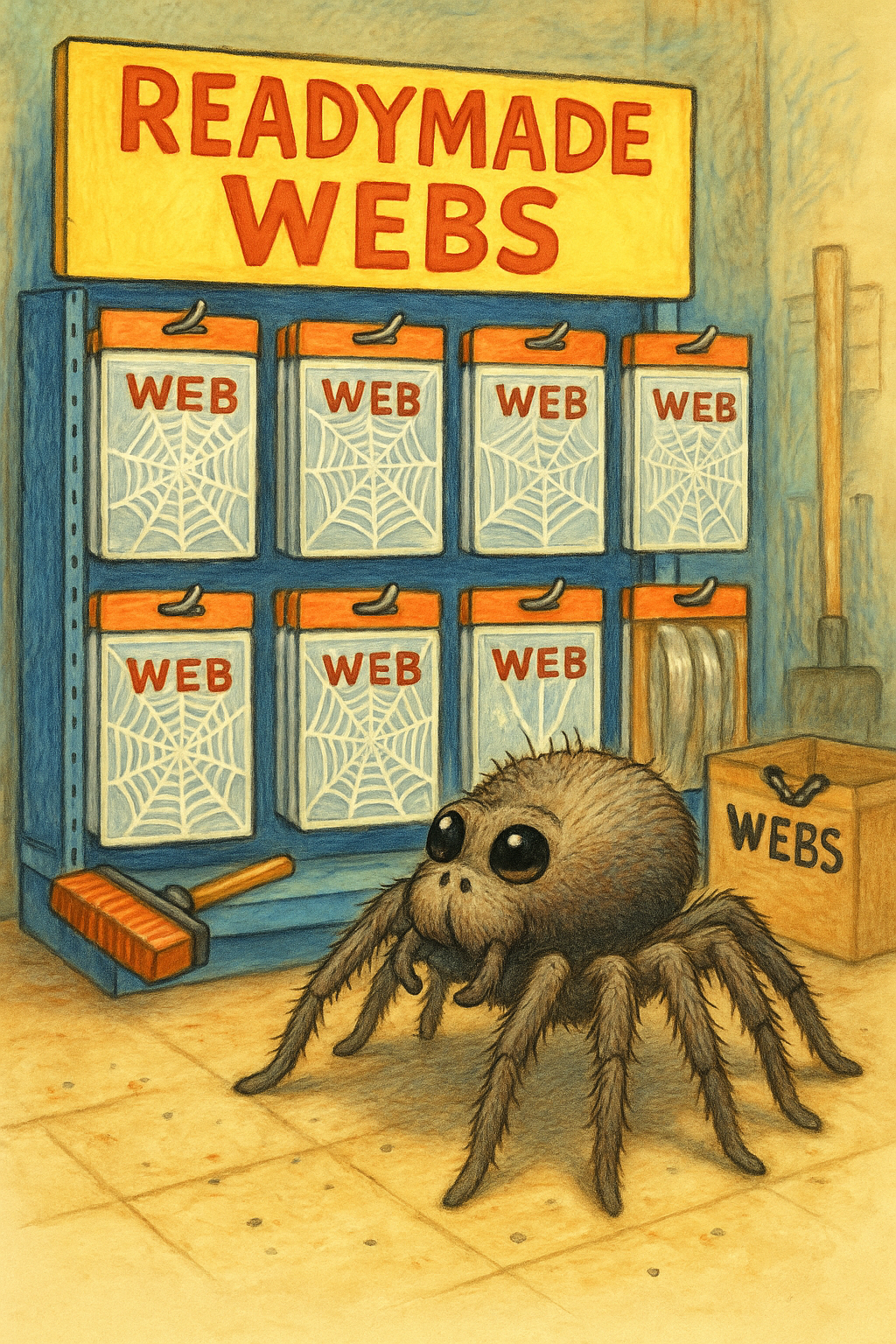Every startup faces the same headache: should we build this ourselves or just buy the damn tool?
Payroll at seed stage. Finance dashboards at Series B. Data infrastructure at Series C. It keeps coming back like a bad sequel. Most teams treat it like a time-management puzzle: “Do we have the resources to do this now?”
In reality, it’s an economics problem Ronald Coase, Oliver Williamson, and Oliver Hart were chewing on long before SaaS existed.
Their answer? Firms exist because markets are messy. Sometimes it’s cheaper to do things in-house. Sometimes it’s smarter to outsource. And now with AI and automation, the line is blurrier than ever.
Coase and the Nature of the Firm
Coase posited in an undergraduate paper that firms exist because using the market isn’t free. Otherwise, everything would be outsourced to the best provider. Searching for vendors, haggling over contracts, enforcing agreements—it all adds up.
So the math is simple:
- If outsourcing is messy and expensive, build.
- If markets are efficient, buy.
Nobody at seed stage hires a full HR team to run payroll. Gusto or Rippling are cheaper, faster, and less soul-crushing. You buy.
TRANSACTION COST ECONOMICS; Specificity, Uncertainty, Frequency
Williamson pushed the idea further. He said the build vs. buy decision hangs on three things:
- Asset specificity: If it’s highly tailored to you, a vendor can hold you hostage. (That “custom CRM plugin” isn’t just custom—it’s a shackle.) Better to build.
- Uncertainty: If the future’s unpredictable and contracts can’t cover it all, safer to keep it in-house.
- Frequency: Daily tasks? Build. Rare one-offs? Outsource.
Let’s look at FP&A. At seed, an outsourced accountant is fine. By Series B, you’re forecasting weekly, reporting daily, and sweating burn rate hourly. At that point, frequency and specificity scream: hire a finance team.
Control Rights; Grossman, Hart, and Moore
No contract covers everything. The question is: who gets to call the shots when things go sideways?
That’s why most startups lean on Stripe early—it’s efficient, flexible, and they’ll hold your hand. But at scale, the bill grows ugly and the control slips away. Airbnb famously built its own payments stack to claw back margin and control. That wasn’t about saving pennies. It was about owning the levers when it mattered.
The Strategy Overlay: Resource-Based View
Another lens: what makes you unique?
The Resource-Based View says build if the function is valuable, rare, inimitable, and non-substitutable. Buy if it’s commodity.
Translation: outsource IT helpdesk, sure. But if your secret sauce is a machine-learning model, you don’t send that out to consultants. Unless your strategy is “lose.”
Modern SaaS and the API Era
APIs changed the game. The cost of “buy” plummeted. Need payroll? CRM? Analytics? There’s a SaaS for that.
The catch: lock-in is the new transaction cost. Salesforce saves time now but migrating later is like ripping Velcro off your skin. Everyone does it early, everyone regrets it later.
Smart teams buy early, but keep the option to build later once the true costs reveal themselves.
The New Twist: AI and Automation
Now things get spicy. AI coding assistants and workflow platforms are collapsing the cost of building.
- Coordination costs? Slashed. One ops lead with Cursor or Copilot can ship scripts in days.
- Specificity? No longer a deal-breaker. Tools like n8n and Retool handle custom workflows without begging engineering.
- Uncertainty? No problem. You can prototype, kill, and rebuild automations with no sunk-cost hangover.
Case in point:
- Growth ops needs lead routing. Instead of buying another CRM add-on, they hook it up in n8n over a weekend.
- Series A startup wants custom analytics. Instead of a six-figure consultant, someone in ops bangs it out with Cursor.
- Retool apps replace expensive vendor dashboards while keeping data control in-house.
Build vs. buy isn’t binary anymore. It’s: buy infra, build workflows on top, keep optionality.
A Build vs. Buy Checklist
Before you swipe the company card or spin up a sprint, ask:
- Specificity: Is this unique to us or generic?
- Uncertainty: Can a contract actually cover future needs?
- Frequency: Daily pain or rare event?
- Control: Do we need the steering wheel, or is cruise control fine?
- Differentiation: Is this part of our edge, or just plumbing?
- AI leverage: Could we hack this together internally with modern tools for cheap?
Conclusion
Build vs. buy isn’t about founder gut feel or who has spare capacity this quarter. It’s about economics. Coase explained why firms exist. Williamson showed when markets lose. Hart reminded us that control matters.
SaaS and APIs pushed us toward buying. Now AI and automation are pushing us back toward lightweight, flexible builds. The smartest move? Buy early to go fast, then build later when control and margins matter.
Ops leaders don’t need to pick sides. They just need to know when the game changes.
If you’re staring down a build vs. buy decision and want a framework (with fewer sleepless nights), drop me a line.
Further Reading
- Ronald Coase, The Nature of the Firm (1937). https://www.jstor.org/stable/2626876
- Oliver Williamson, Markets and Hierarchies (1975). https://www.jstor.org/stable/725163
- Oliver Williamson, The Economic Institutions of Capitalism (1985). https://www.hup.harvard.edu/catalog.php?isbn=9780029348203
- Grossman, S. & Hart, O. (1986). “The Costs and Benefits of Ownership: A Theory of Vertical and Lateral Integration.” https://academic.oup.com/qje/article-abstract/100/4/691/1882786
- Hart, O. & Moore, J. (1990). “Property Rights and the Nature of the Firm.” https://academic.oup.com/qje/article-abstract/105/2/1119/1874014
- Barney, J. (1991). “Firm Resources and Sustained Competitive Advantage.” https://www.jstor.org/stable/259020
- API lock-in: Salesforce switching costs analysis. https://www.gartner.com/en/documents/4004498
- Cursor AI. https://cursor.sh/
- n8n workflow automation. https://n8n.io/
- Retool. https://retool.com/
